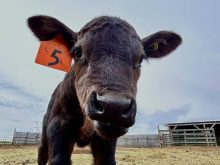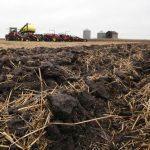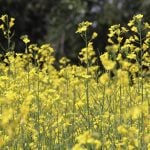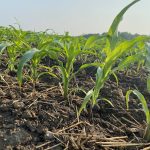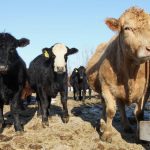Horse owners were recently given a snapshot of what they can expect from a national equine identification program.
But they may have to wait to learn what it will cost and how soon the program will be phased in.
During the annual meeting of the Manitoba Quarter Horse Association, held March 5 in Brandon, horse owners were told that the aim is to have a voluntary program phased in over time.
The first horses to be enrolled in the ID program will likely be those that are already listed in pedigree registries or those that are not registered but are participating in sport organizations.
Read Also
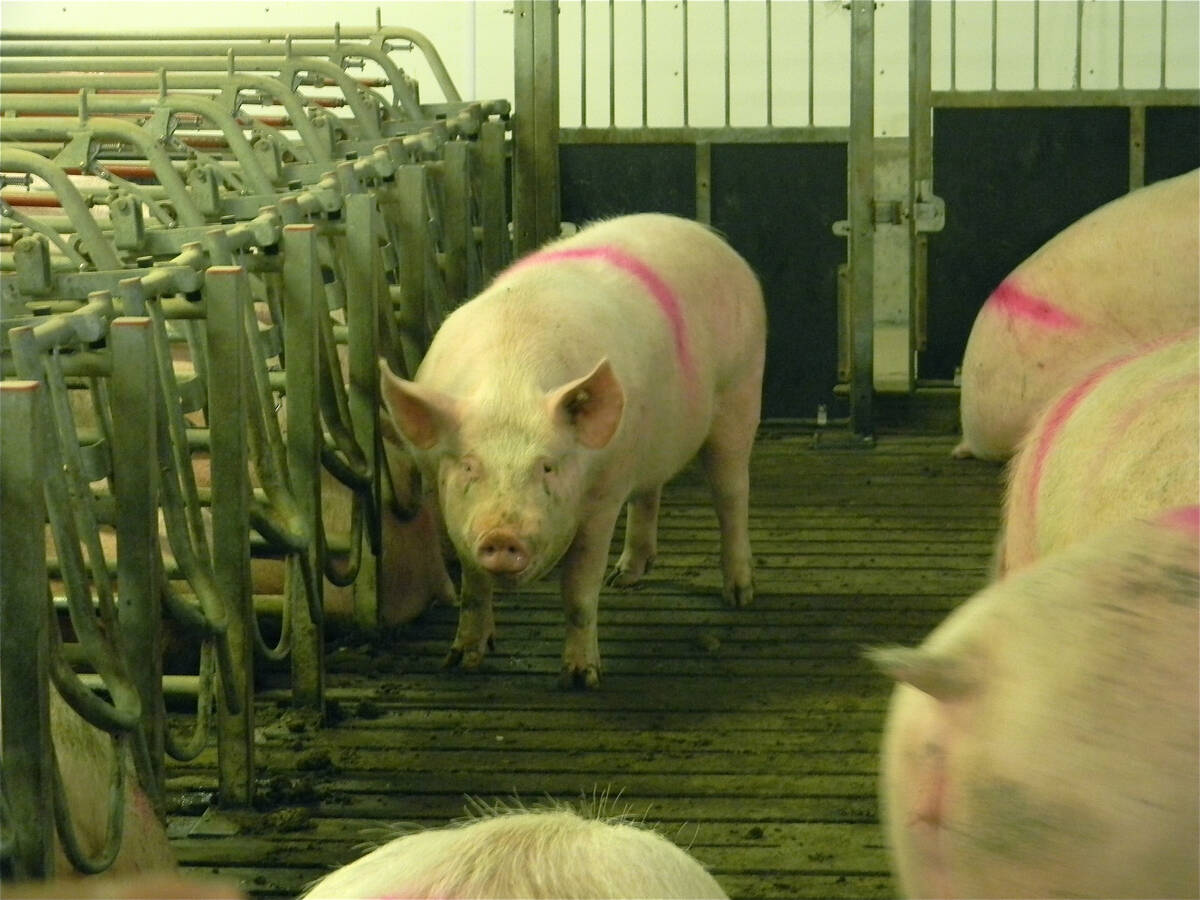
The Western Producer Livestock Report – July 31, 2025
Western Producer Livestock Report for July 31, 2025. See U.S. & Canadian hog prices, Canadian bison & lamb market data and sales insights.
“The earliest we would be starting with this is January 2006,” said Vel Evans, equine identification project consultant for Equine Canada.
Evans was reluctant to cite possible costs for producers because different options are being examined.
A group working on behalf of the horse industry is developing a five-year implementation plan.
Besides individual animal identification, the group is developing plans for the equine identification agency, which would collect and store data on horses in the ID program.
The database will hold unique equine life numbers or UELNs, which will be assigned to each horse. It would also contain information about the owner and a standardized graphic and text description of the horse based on veterinary inspection forms.
“There’s probably not a horse owner in the country that doesn’t know what that looks like,” Evans said.
“That is the current standard that’s required to move a horse back and forth across the border. If you had to ask for a current national standard, that would be it.”
Horse owners would get the unique equine life number either through a Canadian approved pedigree registry or, in the case of horses not included in a registry, through the equine ID agency.
The number format for the UELN is already recognized by international pedigree registries.
For horses with pedigree records, a UELN would be assigned by adding six digits, for country and registry, in front of existing registration numbers.
“That’s where we’re at now,” Evans said.
“We’ve come to a recommendation about how we should standardize the identification of animals.
“Recognize that this is a process. These things all have to roll out in stages and it all starts with identification.”
Coupled with the national ID and central database will be a strategy for tracking the history of a horse’s movements in the event of a disease or food safety concern.
The working group, which includes representation from across Canada and various segments of the horse industry, is not recommending the use of ear tags or microchip implants.
“They’re not supporting or recommending a national microchipping program at this point,” said Evans.
“But if an individual owner or a pedigree registry wants to have microchips on horses, then the number of the chip should be recorded in the database.”
Evans said the national ID system will be designed to protect the confidentiality of the information provided.
Government veterinarians and agencies would only have access to data in the event of an animal health emergency, she said.
Horses often are moved to and from farms for sport, breeding, recreation and sales purposes.
With that comes the risk of equine communicable diseases, or diseases that can be transmitted from horses to other livestock species, Evans said.
“The real high risk are the horses going back and forth across the border, in and out of horse shows, and coming in contact with thousands of other horses.”
As well, Canada produces horse meat for domestic and foreign markets so there is also a need for a system that helps protect public health while assuring foreign buyers that the meat products they buy are safe, Evans said.
Most Canadian horse meat is exported to Europe and Japan.
Evans said the federal government wants to be able to track 80 percent of the food produced in Canada, from both crops and livestock, by 2008.
There could be as many as 950,000 horses in Canada, according to Evans. Many of them belong to owners with fewer than five horses.








